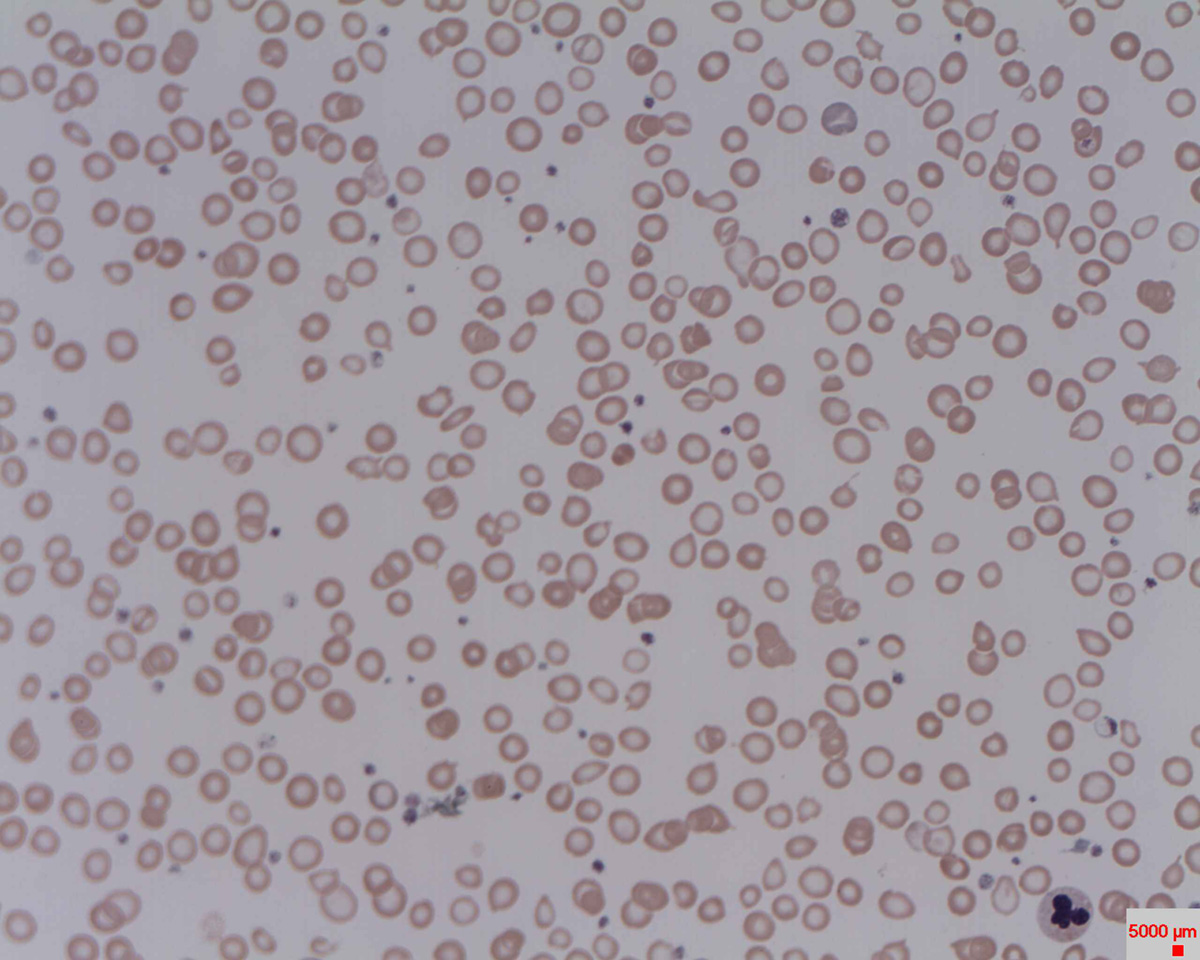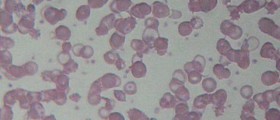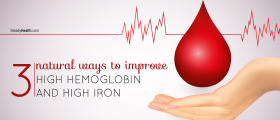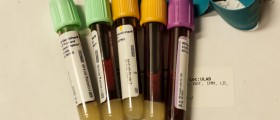
Also called Mediterranean anemia, thalassemia is an autosomal recessive blood disease that is inherited (which means that it is passed through the family). This condition causes the body to make fewer healthy red blood cells and less hemoglobin than normal. Hemoglobin is an iron-rich protein in red blood cells. It carries oxygen to all parts of the body. Hemoglobin also carries carbon dioxide from the body to the lungs, where it's exhaled. This condition usually ends in the destruction of red blood cells, which leads to anemia.
Types of Thalassemia
Hemoglobin is made up of two proteins, one being alpha globin, and the other beta globin. Thalassemia occurs when there is a defect in the gene that helps control the production of one of these proteins. Accordingly, the two types of this condition are alpha talassemia (which occurs when a gene or genes linked to the alpha globin protein are missing or have changed), and beta talassemia (when gene defects affect the production of the beta globin protein.
Both types have subtypes: talassemia major and talassemia minor. If one has inherited the defective gene from both parents they develop talassemia major, and one has inherited the defective gene from only one parent, they will most likely have talassemia minor. However, people with this subtype are usually only carriers and never develop any symptoms.
The risk factors for getting this condition are: family history (as established, it is passed from parents to children), and ancestry (it has been noted that people of Greek, Italian, Middle Eastern, African, and southern Asian ancestry are more prone to getting thalassemia).
Complications
There have been cases in which this condition has caused other health problems.These include: infections (while thalassemia can increase the risk of a person developing a blood-borne infection significantly), bone deformities (it causes the bone marrow to expand, thus affecting the outer layer of the bone), slowed growth rate (it can slow down children’s growth), heart problems, and splenomegaly (an enlarged spleen; when red blood cells are destroyed, the spleen has to work harder to filter such unwanted material from the body; this causes it to enlarge).
Symptoms
The symptoms of talassemia include: dark urine, paleness, weakness, tiredness, and fatigue, irritability, shortness of breath, facial bone deformities, jaundice (the skin turning yellow), slow growth in children, protruding abdomen, etc.
It is important that a person consults a doctor as soon as they have noticed any of these symptoms.
Treatment
The treatment will usually depend on the type and severity of the disease. For mild symptoms not any treatment might be necessary. However, if talassemia is severe, the patient might need regular blood transfusions.
The doctor will determine the appropriate course of treatment according to the symptoms.

















Your thoughts on this
Loading...